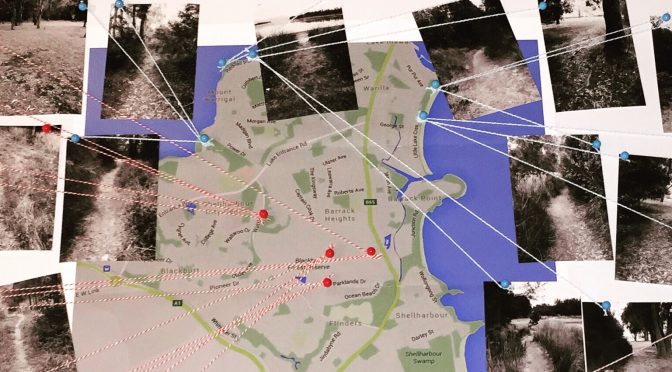Remember those scenes in Criminal Minds or CSI, when the quirky detective has poked a bunch of pins into a map, haphazardly connected strings to a bunch of creepy photographs, and all of a sudden they’ve figured out where the killer is?
That, my friends, is another cool application of geography. There was even a specific show dedicated to using GIS to catch criminals – the now discontinued CBS show, “The District.”
In today’s lecture, we learned about the role of GIS in environmental criminology. We covered various applications of crime analysis and several real world examples. But first, we focused on three primary theories used in environmental criminology: Routine Activity, Rational Choice and Criminal Pattern Theory.
The Routine Activity Theory recognizes that socio-demographic and socio-economic characteristics of people are not random across space. Therefore, the routine activities of people (i.e. criminals) are also not random. It gives us a model to predict if a crime is likely to occur. For instance, commercial properties are more likely to be burglarized during the weekend and nighttime hours.
Rational Choice Theory provides insight into the inner workings of a criminal’s mind. We can consider what the criminal is thinking when they decide to commit the crime, and use that information to gather evidence and eventually catch the criminal.
Criminal Pattern Theory is, like the name suggests, based on observed patterns of criminal activity – such as time and geographic location. It helps us to predict where and when offences will occur. This is the basis behind geographic profiling: the location of crimes and the profile of the criminal can be combined to generate an output map of the most probable areas of the offender’s residence location.
Another cool fact: geographic profiling came out of our neighbouring university, Simon Fraser, in 1989. Although it wasn’t widely embraced at first, it has become a fundamental component of real-life and on-screen crime analysis!
